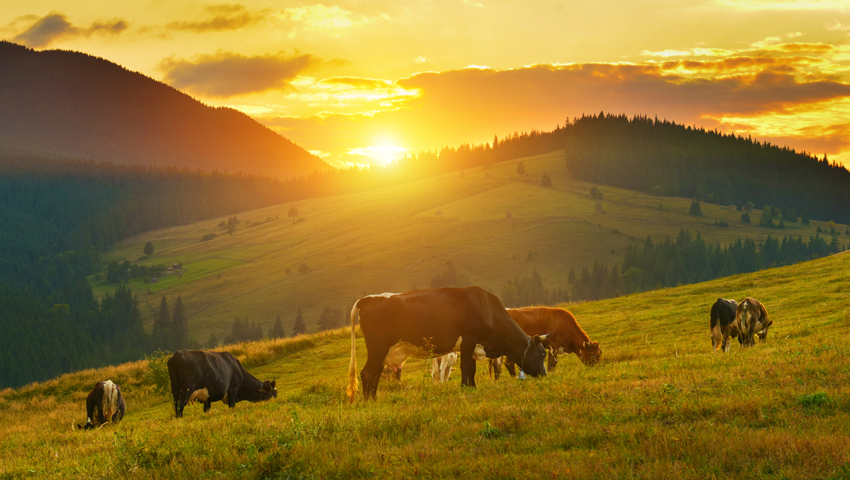An international group of researchers has written that “The animal production sector is facing important challenges in the context of global change. This is especially related to population growth, land erosion, a decrease in biodiversity, wastage of water, depletion of resources, disruption of nutrient cycles and eutrophication, and climate change.”
They say that “Even if livestock agriculture has contributed to these problems, as have other forms of human productivity, it can contribute to the solution, provided it operates within an agroecological framework and environmental boundaries, while still respecting primordial principles of diversity.”
The article, in the science journal Animal Frontiers, makes the case that good commercial livestock systems can and should be mobilised to deliver high biodiversity and ecosystem functionality as well as nutritious food. This contrasts with the “land sparing” view in which advocates call for the widespread separation of nature and human activity.
In summarising their perspective the researchers make the following points:
- Agricultural land is a scarce resource globally and will continue to encounter challenges to sustainably increase food production in the face of global change. Adaptations that make use of livestock should ideally incorporate agroecological principles (e.g., improved circularity), while limiting feed-food competition. However, they should also remain respectful of the diversity of ecosystem contexts, availability of resources, and the various social and economic needs of local populations.
- Herbivores are a natural constituent of the world’s ecosystems and have played a key role in the last several million years. As the numbers of wild herbivores have greatly decreased, largely due to human action, the maintenance of such roles depends on the practice of adequate livestock management. This is the ecological basis for sustainable livestock.
- Well-managed animals function as an integral and productive part of agricultural systems. Among other outcomes, they can convert massive quantities of non-edible biomass (inevitably arising from pasture systems and from growing plants into human food), recycle plant nutrients back to the land, sequester carbon, improve soil health, and offer many ecosystem services.
- To optimize both environmental impact and food supply, the broad and underutilized diversity that is inherent to livestock systems should be mobilized instead of being suppressed. This diversity can, for instance, be observed in terms of species and breeds, but also in terms of production methods and management strategies.
The writers conclude that “Environmental protection of ecological resources and commercial livestock management are not a contradiction. On the contrary, the one necessitates the other. Commercial livestock management depends on the sustainable provision of ecological resources of water, biodiversity, feeding grounds, and crop land production.
“At the same time, except for the very few remaining untouched wilderness areas of the world, ecological management towards environmental protection of these resources requires active human management.
“Livestock are an indispensable instrument in such management to create and sustain the multiple circular flow of materials in the soils, water bodies, and atmosphere.”
